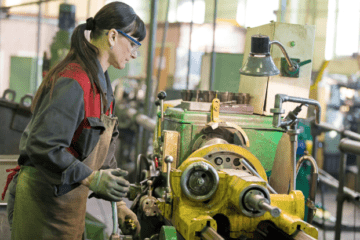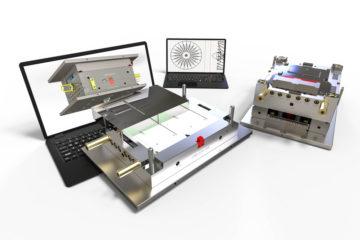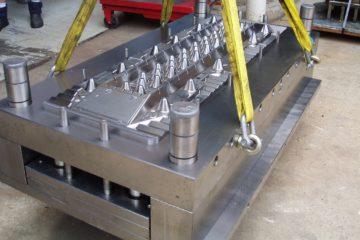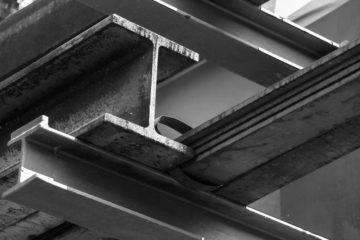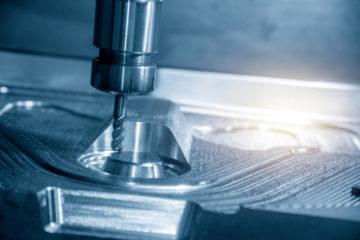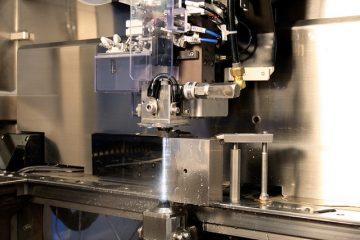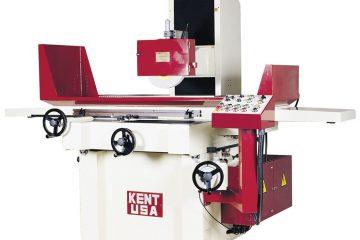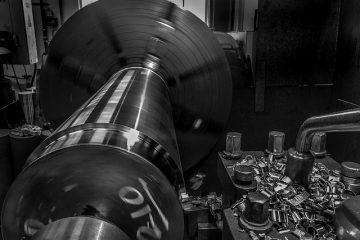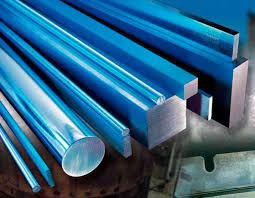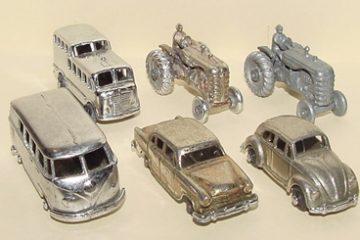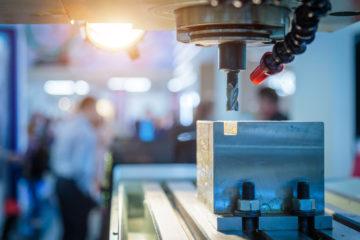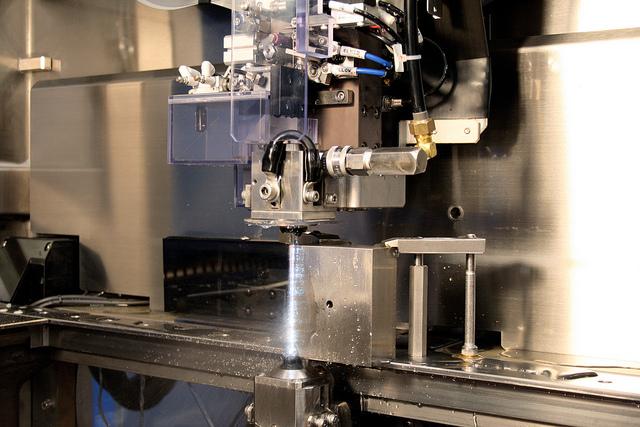
How does wire cutter work? A wire cutter (also known as a wire EDM) is based off the same principle as a traditional EDM. It uses an electrode, which is electrically charged, so that when it comes close to a conductive material, the electricity wants to jump across to it. This causes a spark, which lands on the conductive material and erodes it. The only difference is that in the case of wire cutting, the electrode is a piece of copper wire.
Just like EDM, wire cutting is an extremely precise process. However, it is a slow process and becomes exponentially slower as the material being cut increases in thickness. To get something wire cut, you’ll need a solid CAD model of the part, so that the machine has a model to generate a cut-path around. It has an excellent surface finish and can make intricate or delicate patterns as well.
Wire EDM was first commercially developed in the 1970s and has become increasingly popular due to it’s reliable precision and low machine wear. It has that low machine wear and therefore less machine maintenance as it’s a non-contact method. As soon as the electrode is close enough, it sparks and erodes the metal. It’s best suited to high tolerance parts, and extremely hard steels, or other tough materials like carbide or titanium.
If you’d like to learn more about wire cutting or if you something that needs to be precisely cut, please don’t hesitate to contact us about a free 1-hour meeting.
Subscribe to Our Newsletter
Get the latest news from Dienamics into your inbox






